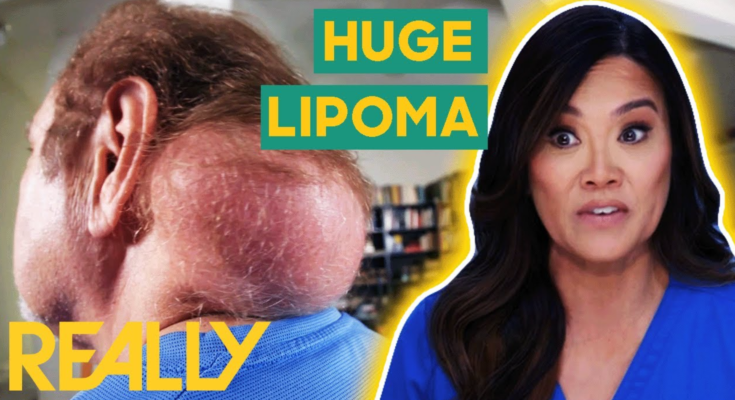Removing a massive lipoma—a large, benign tumor made of fatty tissue—usually requires surgical excision. The size, location, and depth of the lipoma determine the method and complexity of removal. Here’s an overview of how a large lipoma is typically removed:
🔍 Pre-Surgery Evaluation
-
Physical Examination: To assess size, mobility, and whether it involves surrounding structures.
-
Imaging (if large or deep):
-
Ultrasound, CT scan, or MRI to understand depth and potential involvement with muscles, nerves, or organs.
-
-
Biopsy (sometimes): If there’s concern it might be a liposarcoma (malignant).
🏥 Surgical Removal Process
-
Anesthesia:
-
Local anesthesia for small/medium lipomas.
-
General anesthesia for massive or deep ones.
-
-
Incision:
-
A cut is made over the lipoma. The length depends on the lipoma’s size.
-
For cosmetic purposes, surgeons may use hidden or minimal incisions when possible.
-
-
Dissection and Removal:
-
The lipoma is carefully separated from surrounding tissues.
-
It’s removed in one piece (en bloc) to prevent recurrence.
-
-
Drain Placement (optional):
-
If the space left behind is large, a drain may be placed to prevent fluid buildup (seroma).
-
-
Closure:
-
The wound is closed in layers.
-
Sutures or surgical glue may be used on the skin.
-
-
Specimen Sent to Lab:
-
The removed tissue is sent for histopathology to confirm it’s benign.
-
🩹 Recovery
-
Outpatient for most cases, but hospital stay may be required for very large or complicated lipomas.
-
Pain control with medications.
-
Drain removal usually in a few days.
-
Sutures removed in 7–14 days if not absorbable.
-
Monitoring for complications: infection, hematoma, or recurrence.
🧠 Other Considerations
-
Liposuction may be used for cosmetic reasons, but it’s less effective in massive or deep lipomas, and recurrence risk is higher.
-
Massive lipomas (>10 cm or >1–2 kg) require experienced surgeons, possibly in a hospital setting with general anesthesia.
